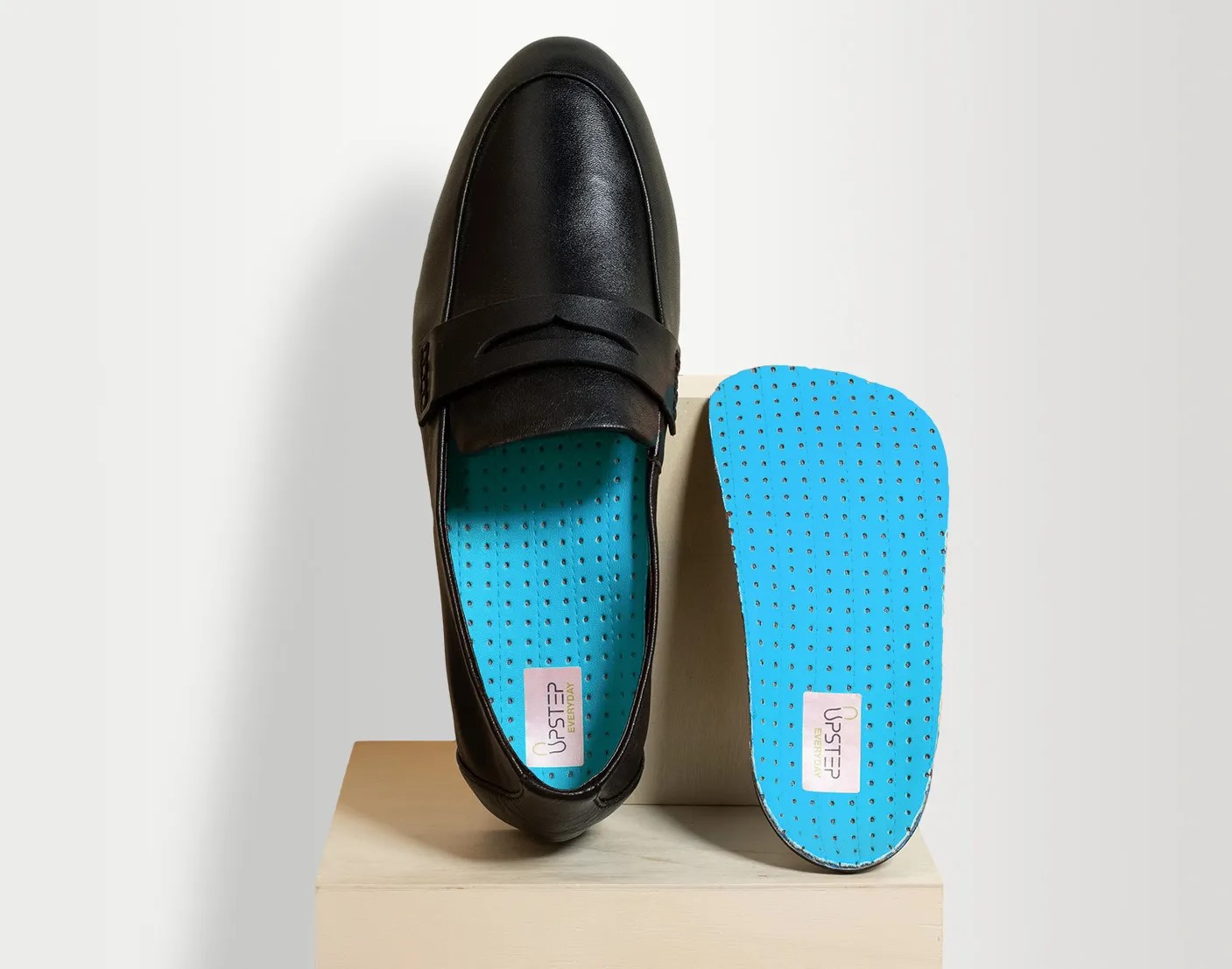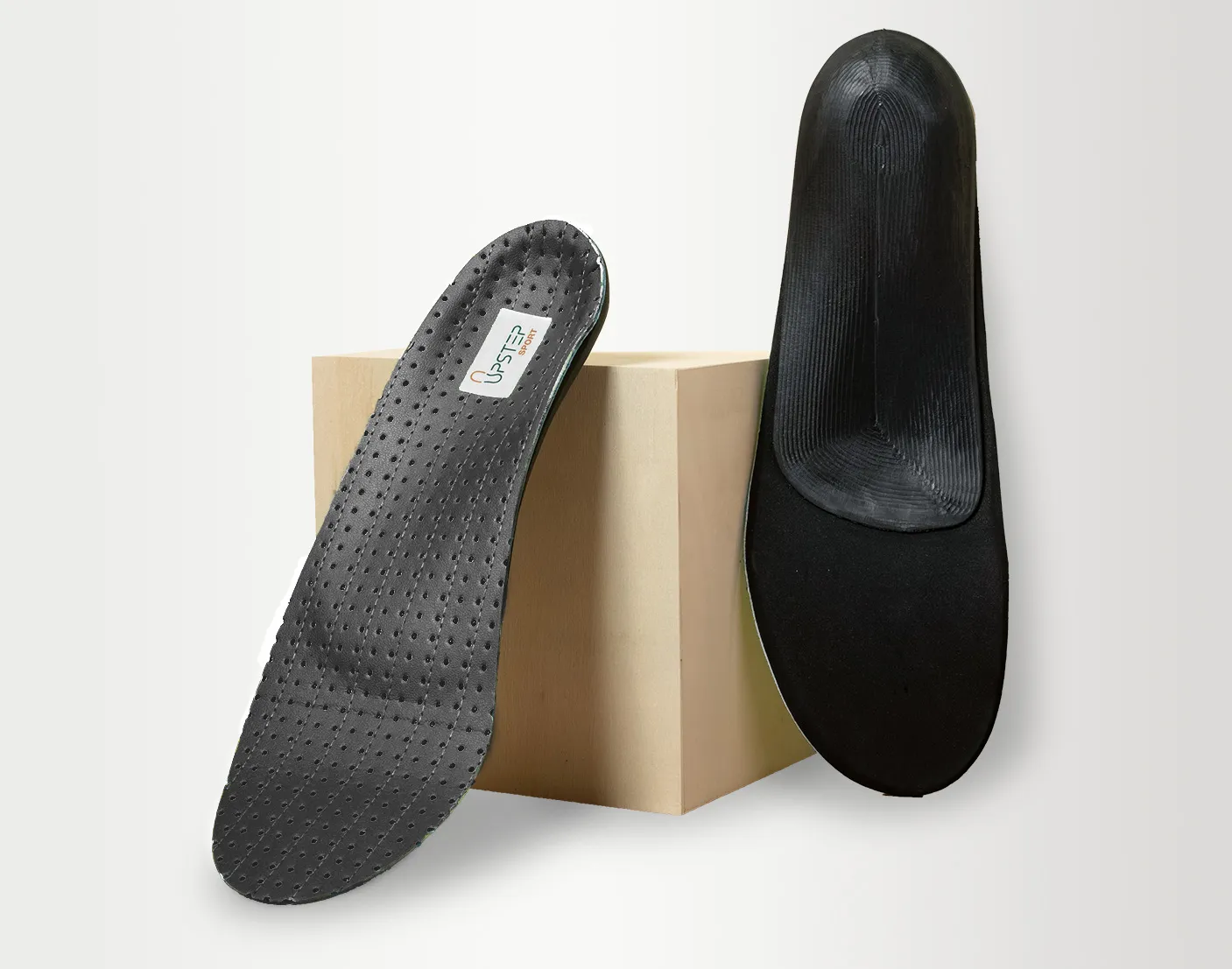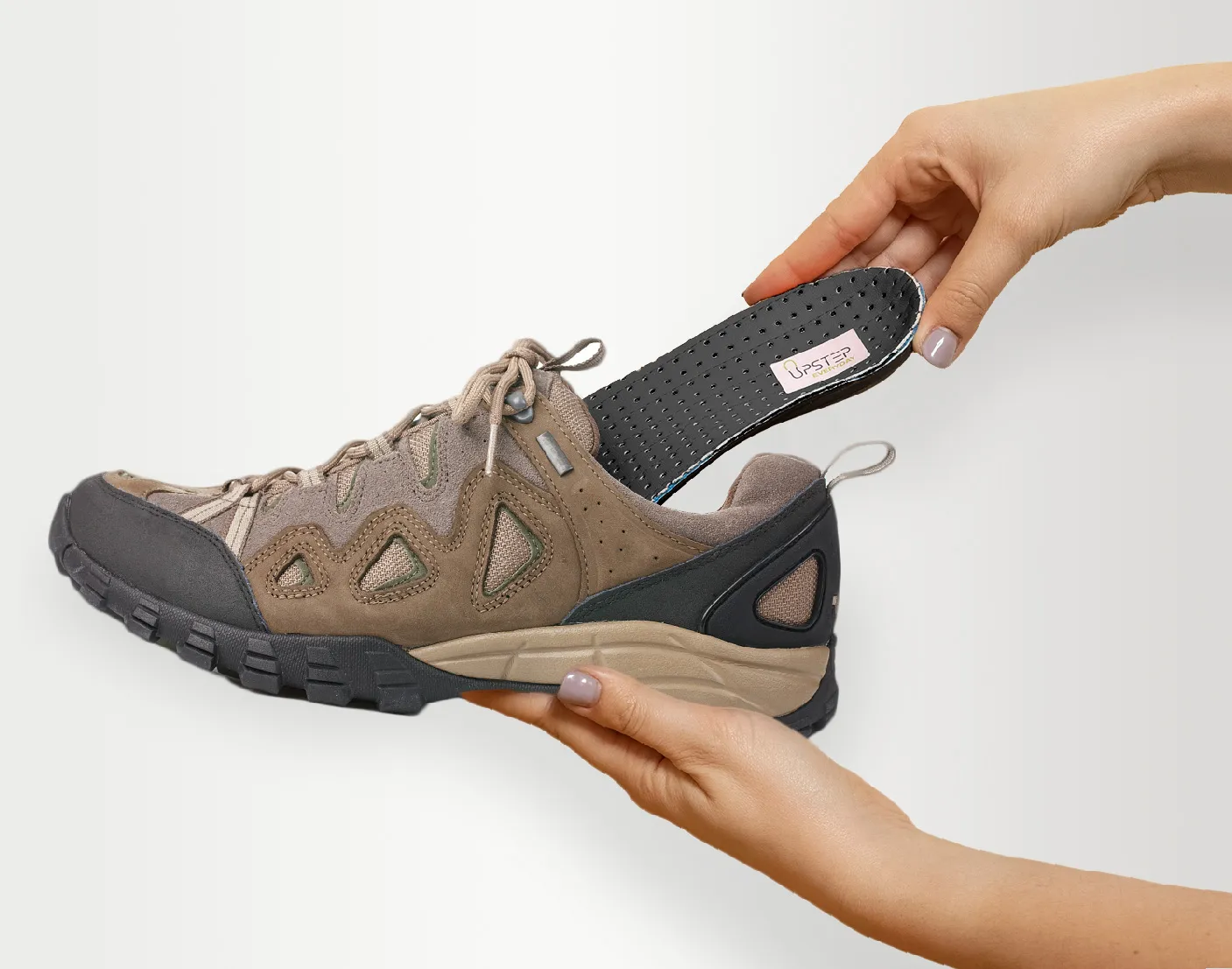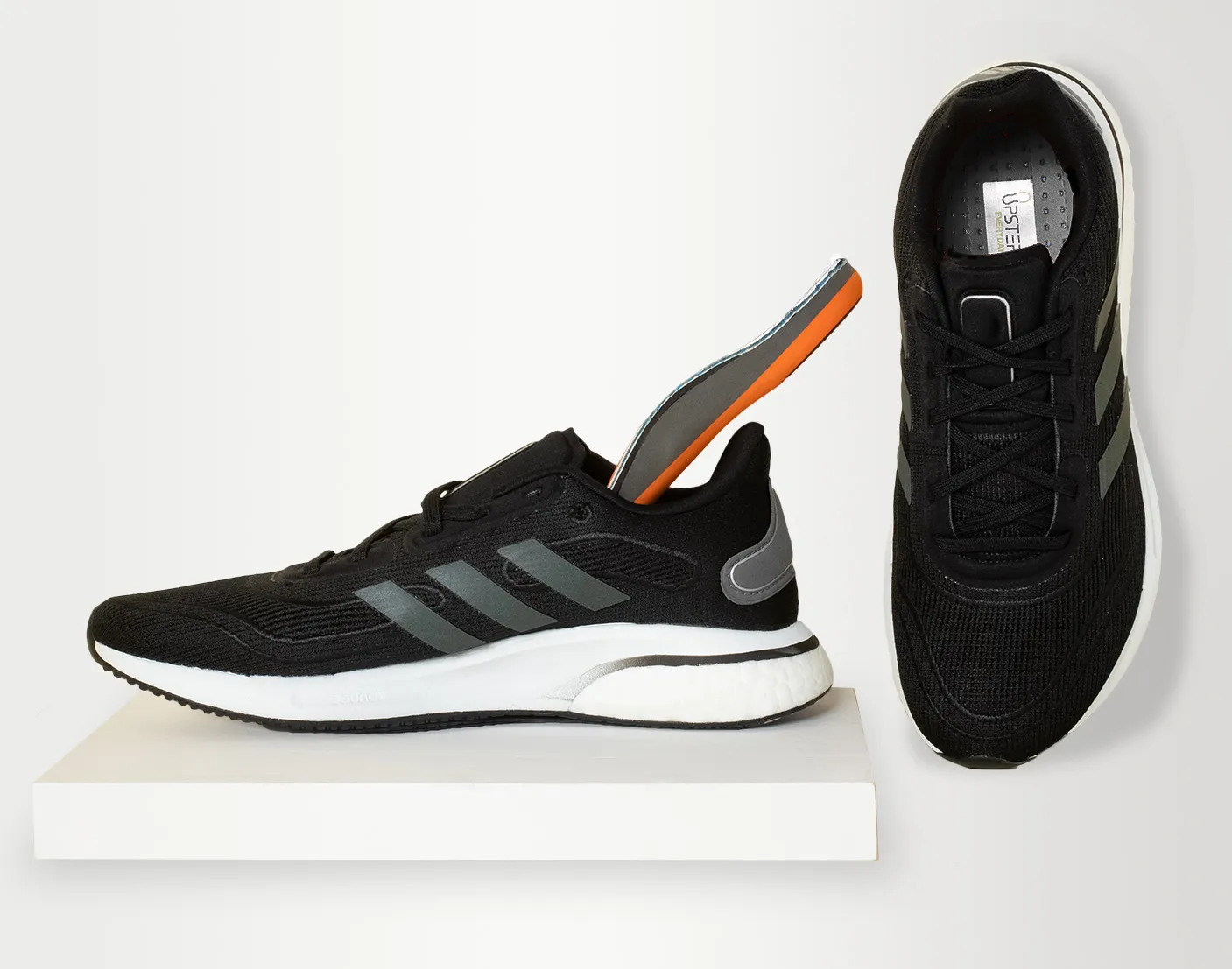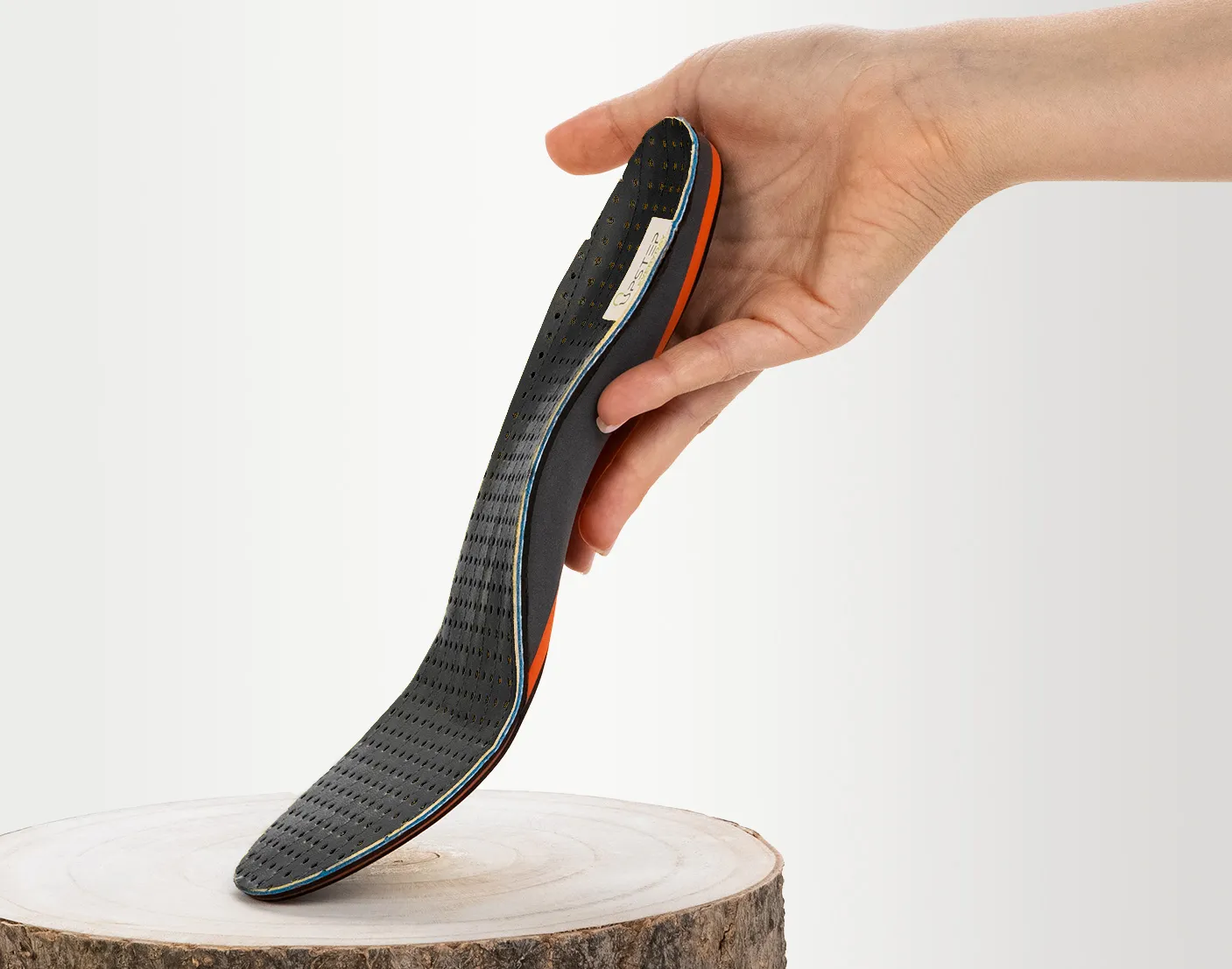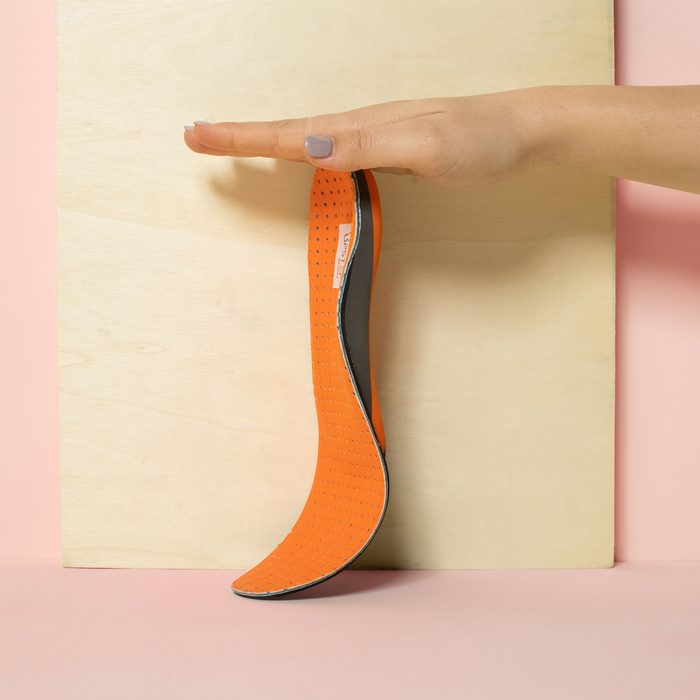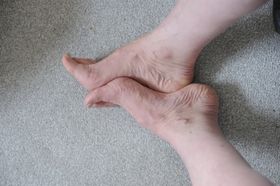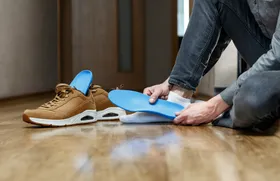Best Insoles for Work Boots and Flat Feet
Tired of achy feet? Flat feet and work boots don't mix. Discover how insoles can transform your workday comfort
Updated December 6, 2024.

Flat feet are common for those who spend long hours on their feet, particularly in physically demanding jobs. In many professions, work boots are essential safety gear. Unfortunately, many lack the necessary arch support, leading to foot pain, fatigue, and decreased productivity.
Insoles provide a practical solution by offering crucial arch support and cushioning. Let's explore how they can be used in work boots to reduce foot pain and improve overall foot health.
» Tired of aching feet after a long shift? Discover the difference insoles can make in your work boots
Why Insoles Matter for Flat Feet
People who spend long hours on their feet are vulnerable to developing flat feet. Ironically, traditional work boots, designed to protect feet from external injuries, often lack support and cushioning. This can exacerbate flat feet and increase the risk of conditions and contribute to pain and discomfort in the knees, hips, and back.
Quality insoles are essential to counteract these issues. Insoles can significantly alleviate foot pain and discomfort by providing proper arch support and correcting foot alignment. Additionally, they help distribute pressure evenly across the foot, reducing strain on joints and muscles.
» Read more about the different types of flat feet
Benefits of Boot Insoles for Flat Feet
For those wearing work boots, insoles offer a crucial solution. Here's what the insoles for work boots can do to reduce any adverse symptoms in your feet by the end of the day:
Key benefits of boot insoles for flat feet include:
- Improved Biomechanics: Correcting foot alignment and reducing stress on the plantar fascia.
- Pain Relief: Alleviating discomfort associated with flat feet, such as arch pain, heel pain, and metatarsalgia.
- Enhanced Comfort: Providing cushioning and support for long hours on your feet.
- Injury Prevention: Reducing the risk of developing more severe foot conditions, such as plantar fasciitis and Achilles tendonitis.
- Increased Productivity: Insoles can help reduce fatigue and enhance overall performance by improving foot comfort.
Most work boots can accommodate insoles, making them a practical solution for those experiencing foot discomfort. But, choosing insoles that fit correctly within the boot is essential to gain their full benefits.
» Learn how orthotics can alleviate your flat feet and plantar fasciitis pain
Best Work Boots Insoles for Flat Feet
Key Features to Look for in Work Boot Insoles
When selecting insoles for work boots, several key features are essential for providing optimal support and comfort:
- Sturdy but Flexible Arch: The insole should keep the arch's structure while accommodating the foot's natural movement. Materials like carbon fiber often provide the ideal combination of strength and flexibility. Avoid soft materials like foam or gel that lack support.
- Proper Fit: Your insoles, like your work boots, should fit your feet correctly. The insole's arch should align perfectly with your foot's arch for optimal support. A proper fit ensures that the insole distributes pressure evenly and prevents discomfort.
- A Deep Heel Cup: By cradling the heel, a pronounced heel cup supports the fatty padding, enhancing shock absorption and reducing the impact on your feet. This also contributes to heel stability, preventing potential injuries.
- Durability: Work boots endure harsh conditions, so your insoles should be equally resilient. Look for materials that can withstand daily wear and tear. High-quality insoles typically last between 6–12 months.
» Check out the best insoles for flat feet according to experts
Tips for Using Insoles in Work Boots
To enhance the benefits of your insoles and ensure optimal comfort, follow these guidelines:
- Gradual Break-In: Introduce insoles gradually by initially wearing them for a few hours each day. This lets your feet adjust to the added support.
- Regular Replacement: Replace insoles every 6–12 months or sooner if they show wear and tear. Worn-out insoles lose their effectiveness.
- Insole Variety: Consider having different insoles for different types of work boots. Specific activities may require different levels of support or cushioning.
- Boot Fit: Ensure your work boots have adequate space to accommodate insoles comfortably. Overcrowding can reduce their effectiveness.
» Find out what causes pain in the middle part of the foot
Best Flat Feet Insoles for Work Boots
Customized insoles offer unparalleled foot support by addressing individual foot biomechanics and arch types. Unlike generic insoles, they provide a personalized fit that effectively distributes pressure, reduces strain, and prevents common foot problems such as plantar fasciitis and metatarsalgia.
Upstep revolutionizes obtaining custom insoles by offering a convenient and time-saving solution. The impression kit lets you create custom orthotics from the comfort of your home, removing the need for in-person appointments.
» Suffering from flat foot pain in your work boots? Find relief with insoles




